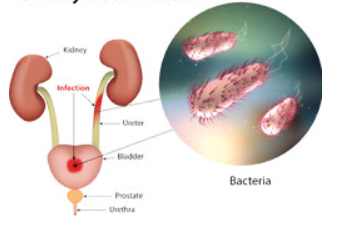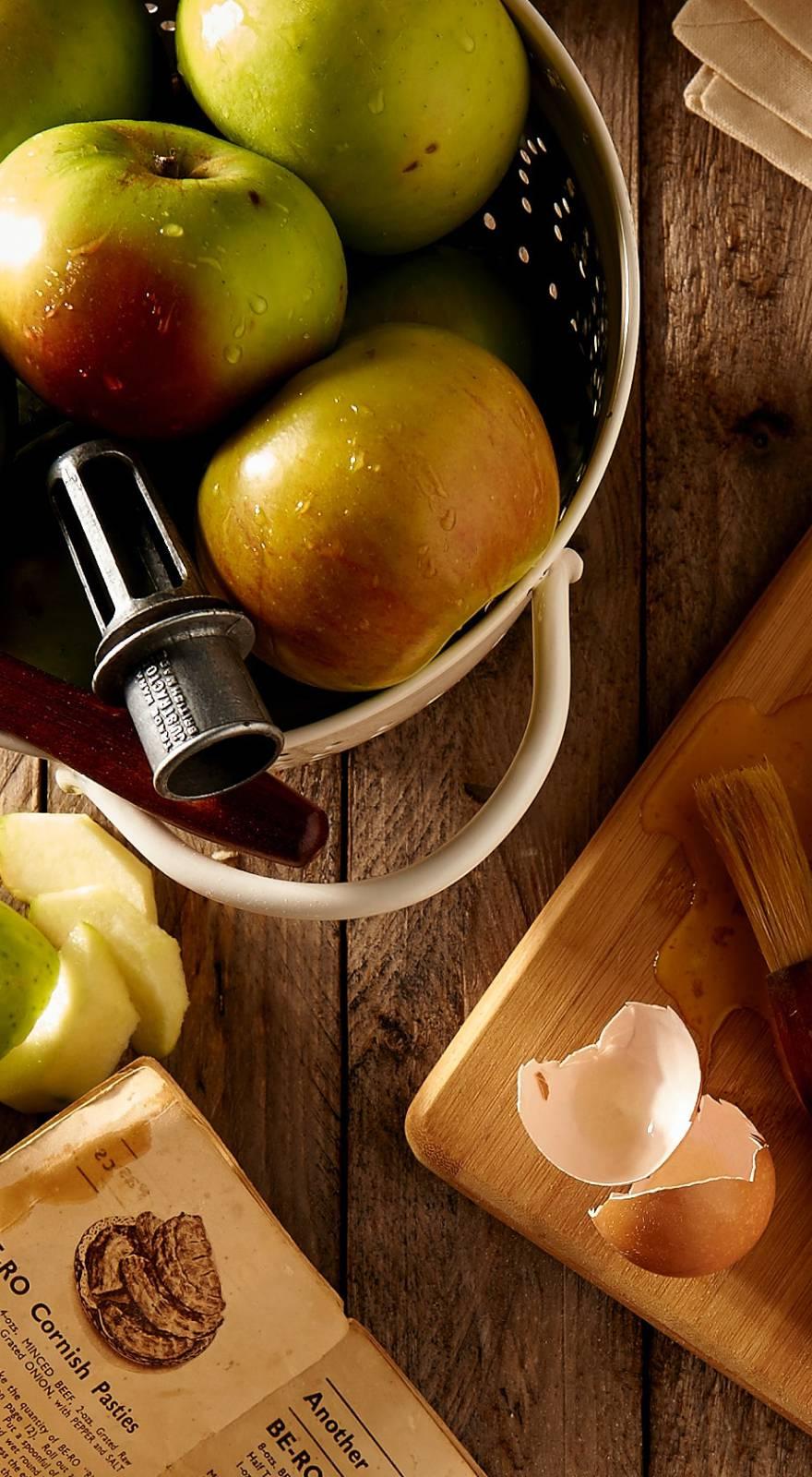Knowde Enhanced TDS
Identification & Functionality
- Active Component
- Ingredient Name
- Ingredients
- Cranberry Extract
- Product Families
Features & Benefits
- Benefit Claims (Health)
- Food Ingredients Features
- Advantages
- The quantitative analysis is based on the BL-DMAC method, whereas the qualitative chemical characterization is performed by liquid chromatography coupled to mass spectrometry for the accurate identification and quantification of PACs-A
- Support on rice starch of cranberry PACs-A allows CompatibiIity with a wide rage of formulations
- The precise quantification allows the exact and reliable formulation of products based on MacroPAC-A
- MacroPAC-A represents a reliable source of PACs-A for UTI support
- The chemical characterization is based on the quantitative BL-DMAC method and liquid chromatography coupled with mass spectrometry and MALDI-qTOF analysis for the accurate identification and quantification of PAC-A;
- The analytical methods used ensure high quality of MacroPAC-A® bioactive compounds;
- Products Characteristic
The characteristic components of this extract are Proanthocyanidins (PAC), polyphenolic molecules which total amount is first titrated with the BL-DMAC method and then analyzed by liquid chromatography coupled to mass spectrometry (HPLC-ESI-MS / MS) for the evaluation of the content of A-type Proanthocyanidins (PAC-A) and the possible presence of B-type Proanthocyanidins (PAC-B).
Applications & Uses
- Applications
- Food & Nutrition Applications
Properties
Technical Details & Test Data
- Extractive and analytical techniques
The low temperature extraction technique developed by Biosfered S.r.l. allows to obtain a product with a bioactive PAC-A title standardized at 5% by weight. The degree of PAC-A polymerization of MacroPAC-A® is characterized by the presence of a high percentage of dimers and trimers, followed by lower quantities of tetramers, pentamers, hexamers and heptamers, as analyzed by LC-MS and MALDI-qTOF.

A flexible and reliable source of PACs-A for supporting the urinary tract health

Urinary Tract Infections and dosage of PACs
The berries of cranberry are used since hundreds of years as a remedy for diseases of the urinary tract and have attracted attention due to their potential health benefits (Neto, 2007, Mol. Nutr. Food Res. 51:652–664). Studies demonstrated that cranberries are rich in polyphenols, which show potent antioxidant activity (Zheng e Wang, 2003, J. Agric.Food Chem. 51:502–5093), prevent the adhesion of bacteria to host cells in the urinary tract infections (UTI) due to uropathogenic Escherichia coli (Howell, 2007, Mol. Nutr. Food Res. 51:732–737), prevent the formation of gastric ulcers (Burger et al., 2000, FEMS Immunol. Med. Microbiol. 29:295–3015) and fight influenza virus (Luganini A. et al., 2018, Front. Microbiol., 9: 1826) and Herpes virus (Terlizzi et al., 2016, Antiviral Res., 132: 154-164). Moreover, they show protection against oxidation of lipoproteins (Chu e Liu, 2005, Life Sci. 77:1892–190) and reduce in vivo cholesterol (Reed et al., 2001, FASEB J. 15:LB54). Guidelines on urinary tract infections of the European Association of Urology already include products made from cranberry among prophylactic methods of alternative UTI support in women.
In humans, the daily intake of 72 mg of cranberry extract standardized in PAC-A (2 doses of 36 mg, one in the morning and one in the evening) offers protection against bacterial adhesion and virulence in the urinary tract (Occhipinti et al., 2016, Urology Journal, 13: 2640-2649).







